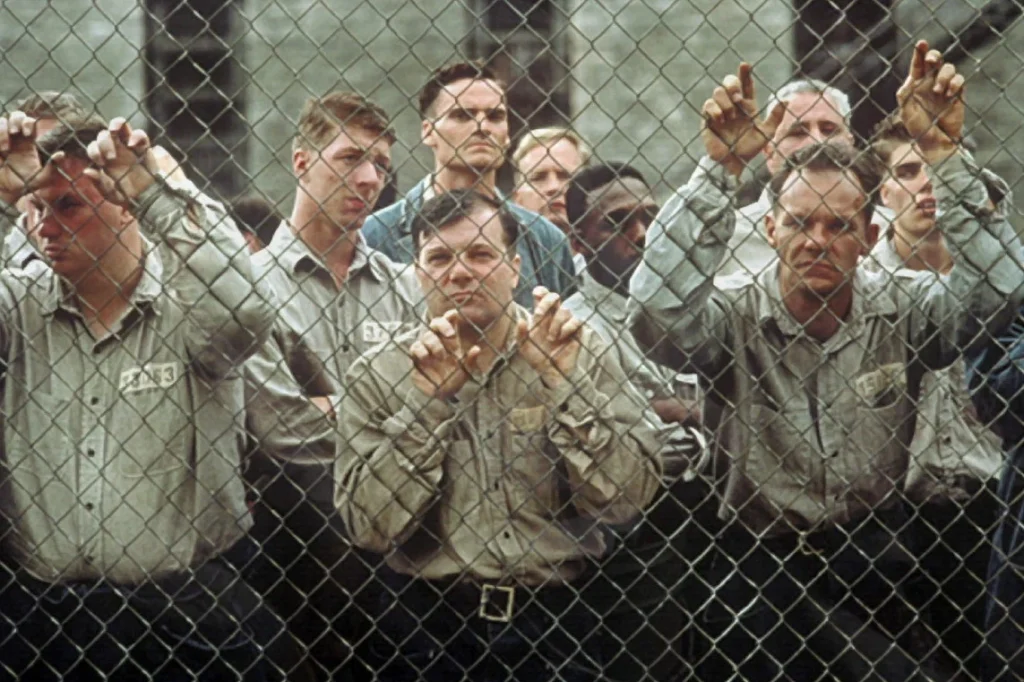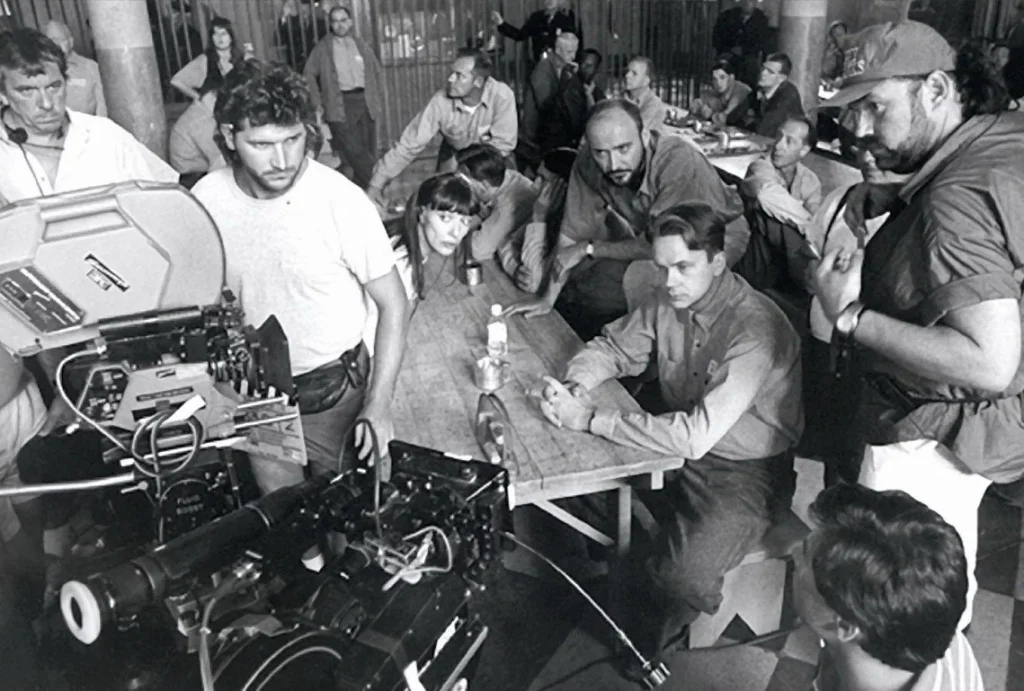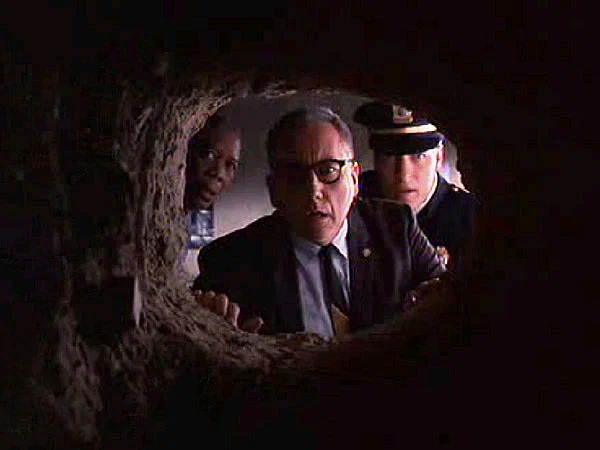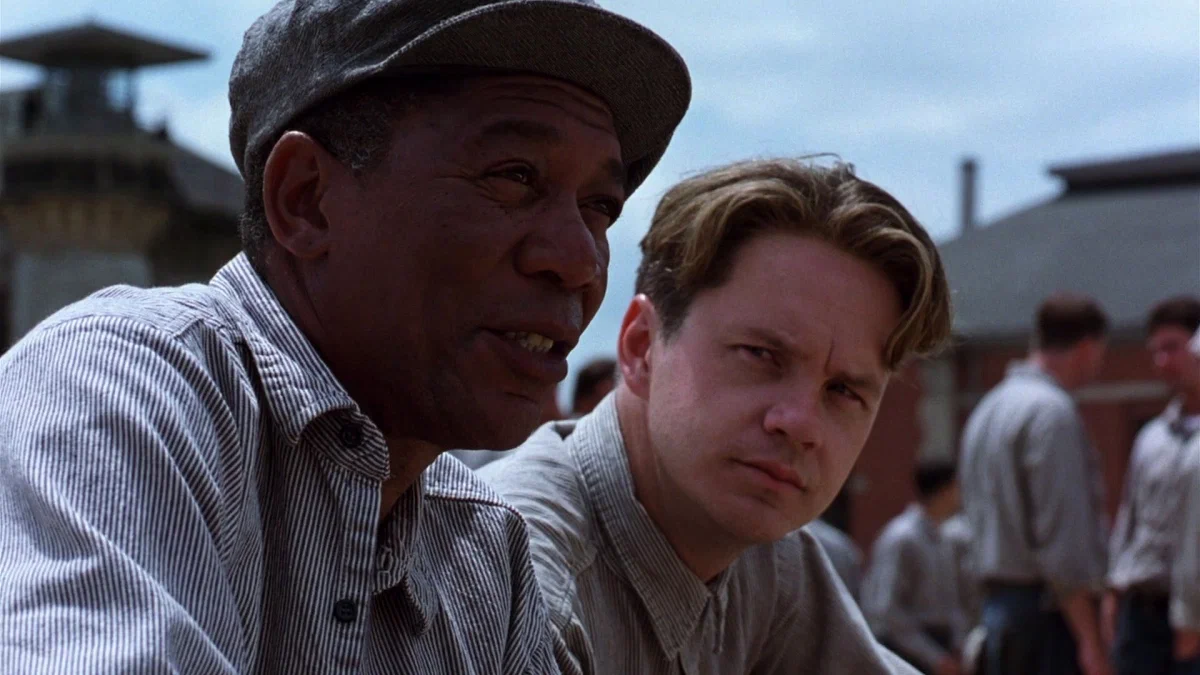In the pantheon of cinematic masterpieces, few films have etched their mark as indelibly as “The Shawshank Redemption”. Released in 1994, this film transcends the confines of its prison walls to explore themes of hope, friendship, and the enduring human spirit. Adapted from Stephen King’s novella, “Rita Hayworth and Shawshank Redemption”, the film initially garnered modest attention. However, over time, it has burgeoned into a cultural phenomenon, revered by audiences and critics alike.
At its core, “The Shawshank Redemption” is a story of resilience and redemption. It chronicles the life of Andy Dufresne, a banker wrongfully convicted of murder, and his life in the Shawshank State Penitentiary. Through its compelling narrative, exceptional performances, and poignant storytelling, the film invites viewers on a journey that is as introspective as it is inspiring.
This article delves into the journey of “The Shawshank Redemption”, from its inception to its monumental impact on cinema and culture. It’s a tale not just of a film’s creation, but of its remarkable voyage to becoming an iconic symbol of hope and redemption in the world of cinema.
The Genesis of ‘The Shawshank Redemption’
The journey of “The Shawshank Redemption” began with the words of renowned author Stephen King. His novella, “Rita Hayworth and Shawshank Redemption”, served as the foundation for this cinematic gem. The story caught the attention of Frank Darabont, a then-up-and-coming screenwriter and director, who saw the potential for a profound narrative beyond the pages.
Darabont’s adaptation process was a labor of love. He meticulously transformed King’s words into a screenplay that retained the essence of the original story while infusing it with cinematic depth. The screenplay’s brilliance lay in its ability to capture the complexities of human emotions and the unyielding power of hope.
Securing funding and studio support for the film was not without challenges. “The Shawshank Redemption” was not a typical blockbuster script; it was a character-driven story set mostly within the confines of a prison. However, Darabont’s vision and passion for the story eventually led to the greenlighting of the project.
Casting the film was a critical step in bringing the story to life. Tim Robbins was chosen to portray Andy Dufresne, the stoic and resilient banker, while Morgan Freeman took on the role of Ellis “Red” Redding, the wise and observant inmate. The chemistry between Robbins and Freeman became one of the film’s most compelling elements, bringing depth and authenticity to their characters’ friendship.
As production commenced, “The Shawshank Redemption” began its transformation from a script to a living, breathing world within the walls of Shawshank State Penitentiary. The film was on its way to becoming a story that would resonate with audiences for decades to come.

The Cast and Characters: Bringing Shawshank to Life
The heart of “The Shawshank Redemption” lies in its richly drawn characters, brought to life by a talented cast. Tim Robbins’ portrayal of Andy Dufresne is a study in quiet resilience. His character’s journey from a wrongfully convicted man to an emblem of hope is both compelling and inspiring. Robbins’ nuanced performance captures Andy’s intelligence, integrity, and unspoken pain, making him a character that viewers could root for.
Morgan Freeman plays Ellis “Red” Redding, the film’s narrator and moral guide. His portrayal is deep and genuine, reflecting a life spent in prison. Andy and Red’s friendship forms the film’s emotional heart. It’s depicted with depth and honesty, enhancing the film’s impact.
The supporting cast adds unique touches to Shawshank. Warden Norton (Bob Gunton) is authoritarian. Heywood (William Sadler) brings light-heartedness. Brooks Hatlen’s (James Whitmore) story is poignant. These characters contrast with Andy and Red, enriching the film’s themes of time and institutionalization.
The casting choices for “The Shawshank Redemption” were pivotal in creating an immersive and believable world within the prison walls. Each actor delivered performances that were not only memorable but also integral to the film’s narrative and emotional resonance.

Behind the Scenes: Filming and Production
The filming of “The Shawshank Redemption” was a journey in itself, marked by meticulous planning and creative challenges. The production team’s commitment to authenticity led them to the Ohio State Reformatory in Mansfield, Ohio. This decommissioned prison, with its imposing structure and historical aura, became the primary filming location, setting the stage for Shawshank State Penitentiary.
The choice of location was crucial in establishing the film’s atmosphere. The Ohio State Reformatory’s stark corridors, imposing cell blocks, and expansive grounds provided a realistic backdrop that enhanced the film’s visual storytelling. The production design team worked tirelessly to transform the space, ensuring every detail contributed to the narrative’s authenticity.
Director Frank Darabont’s vision for the film was clear from the onset. He aimed to create a visually compelling story that was true to King’s novella while also standing on its own as a cinematic piece. Darabont’s direction focused on capturing the emotional depth of the characters and the oppressive environment of Shawshank.
Cinematographer Roger Deakins played a pivotal role in translating this vision onto the screen. His use of lighting, camera angles, and shot composition added a layer of depth and symbolism to the film. Deakins’ ability to capture the bleakness of prison life juxtaposed with moments of hope and liberation contributed significantly to the film’s visual impact.
The filming process was not without its challenges. Weather conditions, logistical constraints, and the emotional intensity of the story all posed hurdles. However, the cast and crew’s dedication to the project ensured that these challenges were overcome, resulting in a film that was both visually stunning and emotionally resonant.
Critical Reception and Awards: The Journey to Acclaim
Upon its release in 1994, “The Shawshank Redemption” received positive reviews from critics, but it was not an immediate box office success. The film’s slow start was attributed to several factors, including competition from other major releases and its somber themes. However, what began as a modest reception soon transformed into a growing appreciation for the film’s artistic merit and storytelling.
The critical acclaim for “The Shawshank Redemption” was evident in its multiple Academy Award nominations, including Best Picture, Best Actor for Morgan Freeman, and Best Adapted Screenplay for Frank Darabont. While the film did not win in any of its nominated categories, the nominations themselves were a testament to its quality and impact.
Over time, “The Shawshank Redemption” gained momentum and a dedicated fan base through word-of-mouth and home video releases. Its themes of hope, friendship, and redemption resonated deeply with audiences, leading to its elevation as a beloved classic. The film’s enduring appeal is reflected in its consistently high ranking on various lists of the greatest films ever made.
The shift in public and critical perception of “The Shawshank Redemption” is a remarkable story in itself. From its humble beginnings to its status as a cinematic treasure, the film’s journey to acclaim is a testament to the power of storytelling and the lasting impact of a well-crafted film.
Themes and Symbolism: The Soul of Shawshank
“The Shawshank Redemption” is rich in themes and symbolism, which contribute to its depth and enduring appeal. At its heart, the film is a profound exploration of hope and its power to sustain the human spirit in the bleakest of circumstances. Andy Dufresne’s unwavering hope, despite the injustices he faces, serves as a beacon of light in the darkness of Shawshank.
Friendship is another central theme, exemplified in the bond between Andy and Red. Their relationship, built on mutual respect and understanding, offers a glimpse of humanity within the prison’s dehumanizing environment. This friendship becomes a source of strength and solace for both characters, highlighting the importance of human connection.
The film also delves into themes of institutionalization and the struggle for redemption. Characters like Brooks Hatlen and Red grapple with the fear and uncertainty of life outside prison walls, illustrating the psychological impact of long-term incarceration. Meanwhile, Andy’s quest for redemption, both literal and metaphorical, underscores the film’s message of resilience and the possibility of finding freedom even in captivity.
Symbolism is woven throughout “The Shawshank Redemption,” adding layers of meaning to the narrative. The prison itself symbolizes entrapment and the loss of freedom, while the poster of Rita Hayworth (and later Raquel Welch) represents hope and the allure of the outside world. The iconic scene of Andy’s escape through the sewage pipe is a powerful symbol of rebirth and liberation.
Through its themes and symbolism, “The Shawshank Redemption” invites viewers to reflect on the human condition, the power of hope, and the capacity for redemption. It’s these elements that elevate the film from a prison drama to a timeless story with universal resonance.

Cultural Impact and Legacy: Shawshank’s Enduring Influence
“The Shawshank Redemption” profoundly influenced popular culture and cinema. Its quotes and scenes are iconic, often referenced and parodied. The film’s themes of hope and resilience resonate globally, inspiring countless viewers. It’s a staple in film studies, dissecting its storytelling and cinematic techniques. “Shawshank” influenced filmmakers, setting a benchmark for character-driven narratives. Its legacy endures, a testament to timeless storytelling and emotional impact.
Conclusion: Reflecting on ‘The Shawshank Redemption’
“The Shawshank Redemption” is more than a film; it’s a journey of hope and humanity. Its story of resilience continues to inspire and resonate. The film’s transformation from an underdog to a classic is remarkable. “Shawshank” reminds us of cinema’s power to uplift and enlighten. Its legacy endures, a beacon of storytelling excellence.





